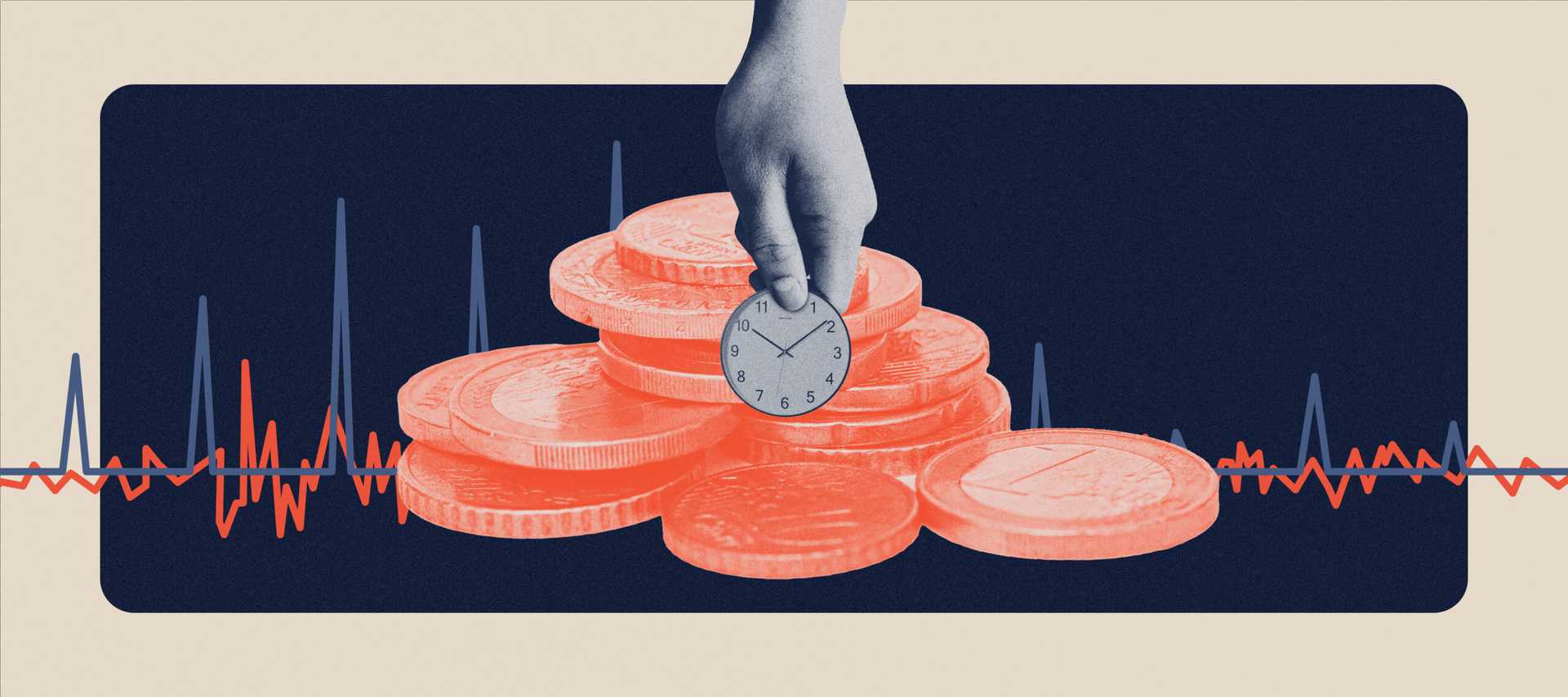Calculating margin can be hard, but getting it right depends not only on understanding the algorithm but also on correctly mapping your portfolio to the parameters used. A key part of this is making sure that you are using the correct Expiry. You’d think this would be easy, but actually it can be a lot harder than you think.
The best place to start is by understanding exactly what Expiry means for Exchange Traded Derivatives. It is a part of the unique identification of a particular traded instrument – but it doesn’t necessarily map to a particular date.
There are a lot of dates that you might associate with a contract, for example:
- Last trading date
- Settlement date
- Delivery date
Expiry might be one of these, but it might not. In fact it might not be a date at all. Often Expiry is just the year and month – people will talk about the June 2023 expiry for example. This is seen in the month codes used on Bloomberg tickers.
The best way of thinking about Expiry is to look at the underlying of the derivative that you are trading. So if you are trading Brent futures as an example the September expiry will be for Brent Crude Oil delivered at some point during September, despite the fact that the last trading will be the last business day of July.
What Is the Impact On Margin If You Get It Wrong?
If the margin on all expiries was the same then from a calculation perspective it wouldn’t be a problem if the incorrect date was used when comparing positions with market data files to obtain the correct parameters to use.
Unfortunately, different parameters usually apply to different expiries. SPAN margin rates can be set for each expiry as can the scenarios used in any VaR methodology. So get the expiry wrong and you would be calculating the wrong margin.
In the Brent example, closer deliveries tend to have a higher margin rate applied so it is likely that any calculation would overstate the requirements. However, coming up to expiry if you are using the July date rather than the correct September date then no margin data will be found meaning that no requirements will be calculated for that position.
This can have consequences for funding and limits. Calculate the wrong margin pre-trade and you could find yourself in for a shock when the correct number is calculated by the CCP or broker. Again, looking at the Brent example the difference in the margin calculated between the two contracts is around 13%.
The more information that you margin solution provides the easier it is to spot any errors with the use of expiry:
- Validating margin versus broker or CCP statements can highlight differences.
- Having a solution that identifies failed trades in any calculation will, for example, highlight where data is not available because the wrong expiry is being used.
- A tool that can explain drivers of margin and attribute down to the level of expiry can make any mistakes more obvious.




